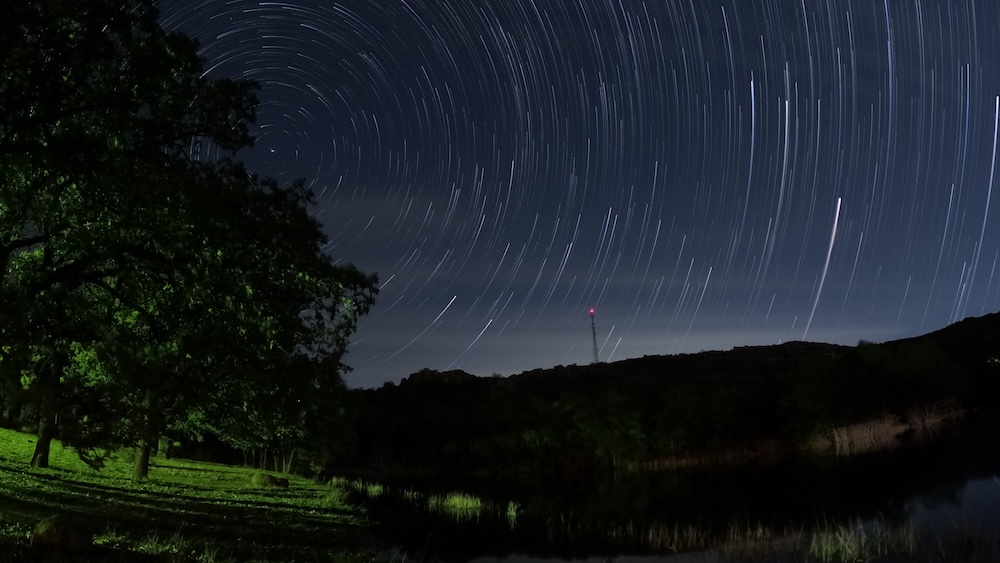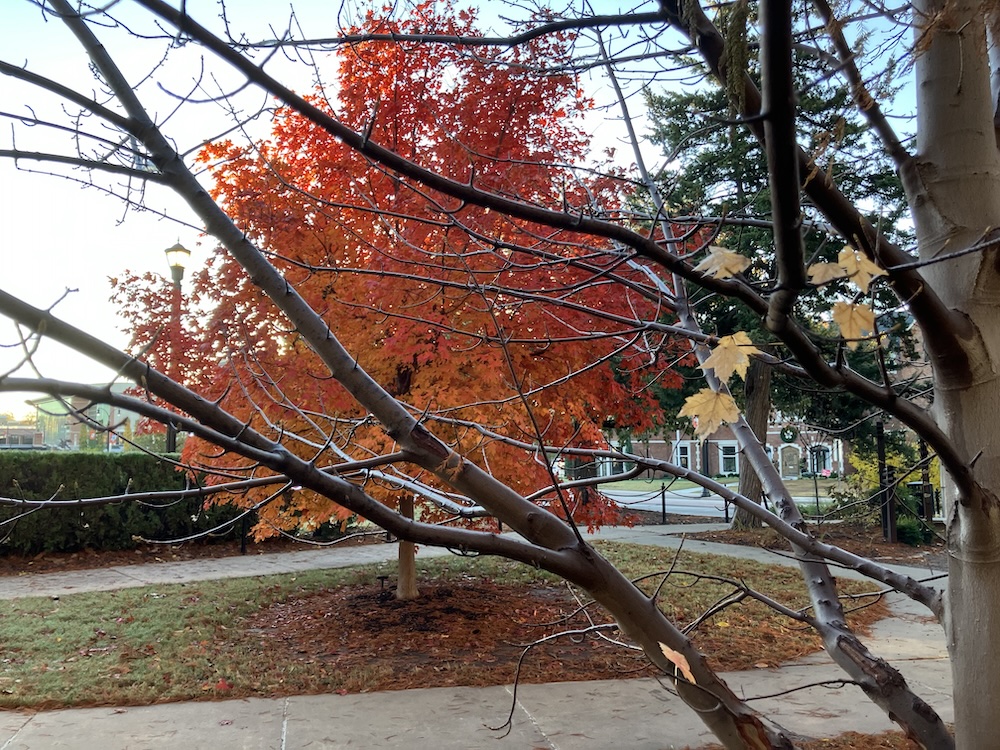
If this picture brings you a bit of déjà vu, you might be on to something. The view from the top of Mount Scott in the Wichita Mountains is one of the most incredible sights in Oklahoma, and is part of what makes this location one of my family’s favorite places to spend a weekend. It’s not always easy to get a specific picture that you have in mind though, and over the years I’ve realized that the way for me to get the most fulfilling (even if they’re not the most technically impressive) photos is to just kind of go with the flow. We’ve gone to Mount Scott in all sorts of weather conditions, and things rarely line up with the photos I want to capture or the gear I happen to have with me. So, the most recent time we visited the area the only camera I brought with me was my trusty little image-creating powerhouse–the Fuji X100F. And it worked great.
After a day of hiking on the Charon’s Garden trail we brought things to a close by driving up Mount Scott to watch the sun lay itself to rest under a blanket of clouds in the brilliant sapphire western sky. Well, that was the plan anyway. Like I said, with this place (as with most mountains) you never know what you’re gonna get. And as it turned out, the mountain cooperated. As the kids climbed on rocks and the sun slowly crept lower and lower, there came a point just after it settled below the horizon when the entire sky was lit up with a bright blue and orange glow with streaks of clouds crossing from left to right like the broad strokes of a master’s brush. I snatched my Fuji from my side, held it to my eye, and popped off a couple of frames to see if I could capture the faintest glimmer of what it was actually like to be seeing the sunset in person.
Then I remembered my fundamentals: aperture, shutter, and ISO. If I wanted a good shot I had to shoot in RAW, which I usually don’t do on the Fuji since the JPEGs hold up just fine on their own, thank you very much. But when shooting vast landscapes like this it helps to have a little extra leeway in editing, especially when pulling data from the shadows like I knew I would need to do here. I dialed in an aperture of f/5.6 to get the scene pretty well in focus with minimal depth of field while also getting enough light to keep the ISO low since I was shooting handheld and needed a fast shutter. I used Auto ISO with a minimum shutter of 1/125 which left me with ISO 640–perfectly acceptable for a 2018-era APS-C sensor, especially since I was shooting RAW, though of course lower is always better. It’s all about tradeoffs though, and that was one I was happy to make.
The resulting RAW file was pretty dark and, to be honest, uninspiring. But a little coaxing with gradient masks and other Lightroom adjustments got me to a result that is pretty close to what the real scene was actually like. I don’t know when we’ll get back to the area and, when we do, what kind of photos I’ll be able to take, but in the meantime this one serves as a great example of what you can get when everything just sort of works out.





